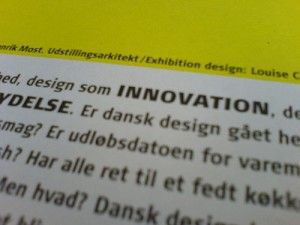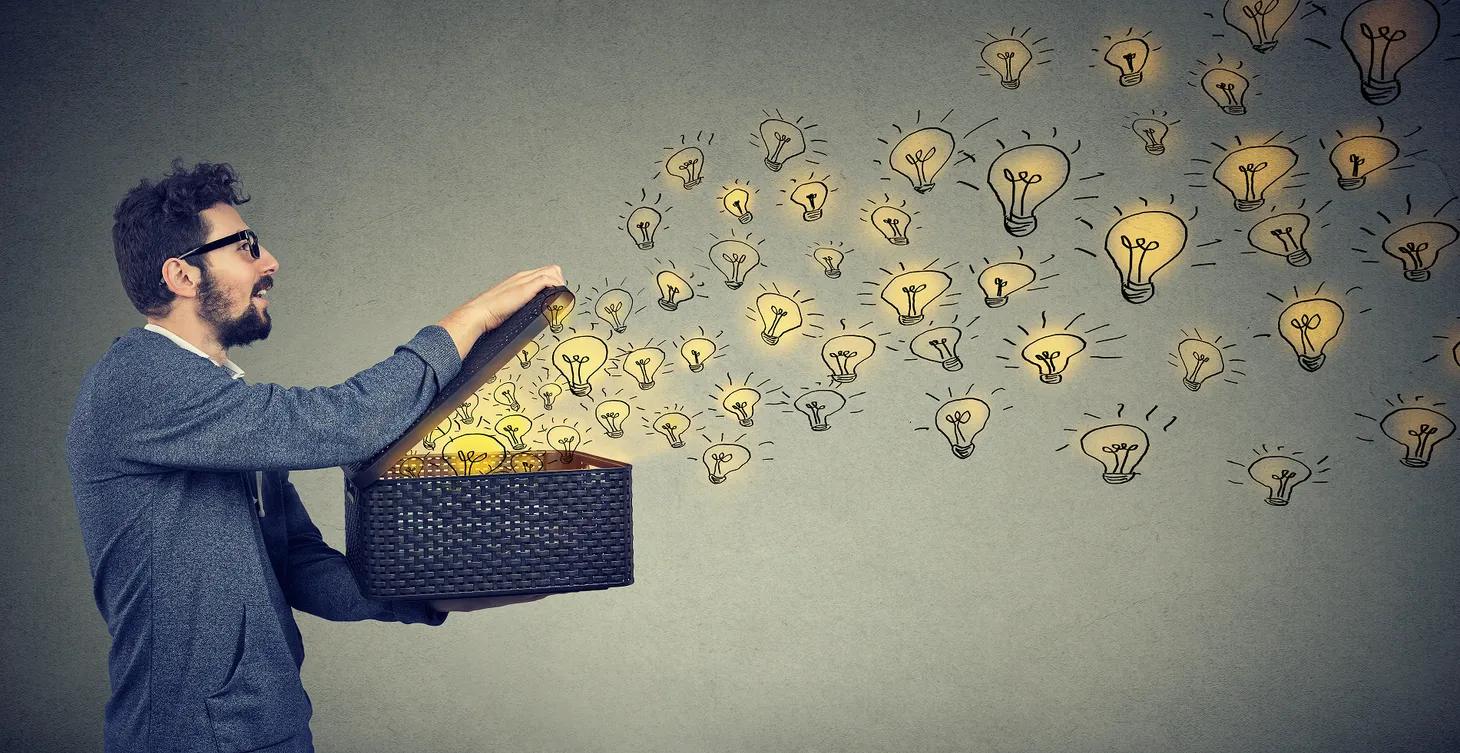Innovation Adoption
I recently purchased a car as part of my relocation to California. For the last few months, my son Logan has been with me and I needed a way for him to get around. Before I jump into the brand and make, you need to understand a few family histories. First: my father (Bill) and […]

I always have to remind myself and my teams that the pace of innovation adoption is never as fast as we anticipate.In 1943, sociologists Bryce Ryan and Neal Gross published a study on the way Iowa farmers adopted a new, more productive hybrid corn. In their study, which is one the of most insightful studies of innovation adoption, Ryan and Gross found that most farmers didn’t investigate the corn as soon as they heard about it, even though information indicated that it increased yields by 20 percent. They waited until other farmers had success with the hybrid corn and then followed their example. This approach suggests that information cascading (growing herd mentality) was at work. But in fact, even after witnessing the success of their neighbors, the farmers did not seed their entire fields with the hybrid corn. Instead, they set aside a small part of a field and tested the corn themselves. Only after they were personally satisfied with the new corn, did they start growing it exclusively. It wasn’t a rash decision-making process. It took nine years from the time the first farmer planted his field with the new corn before half of the other farmers in the region were using it. Nine years!!Why does it take so long for customers to recognize the benefits of something new? Are there ways to speed it up?There have been many books, articles and training materials on the adoption process. There have been new terms invented such as “crossing the chasm” or “surviving the tornado”. What I have found is that there is no substitute to really knowing your customer.When is the last time you went home with a customer to see how they really use your product or service?When is the last time you were in the field selling your product (or service) to a customer? What were the concerns they raised about buying “something new”?If you want to speed up adoption of something truly new, spend more time with your customers and less time in the office. Be a part of the information cascade.
Flikr photo from Jacob
Phil McKinney Newsletter
Join the newsletter to receive the latest updates in your inbox.




